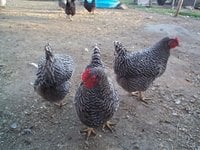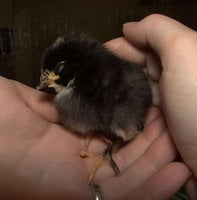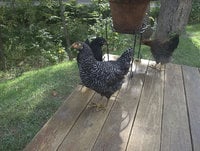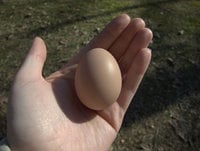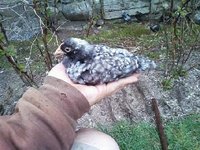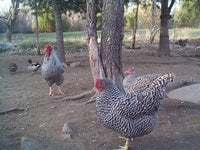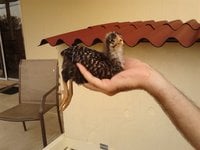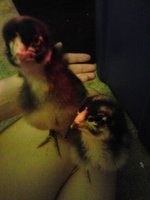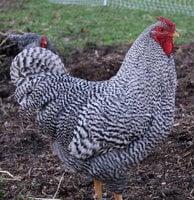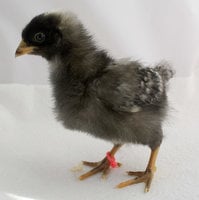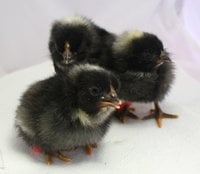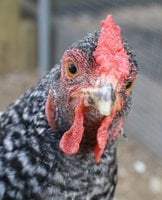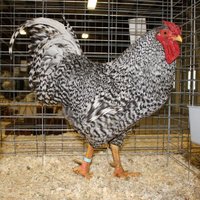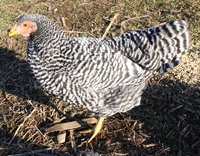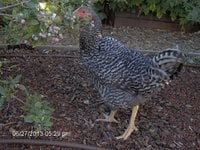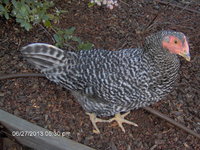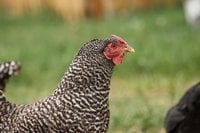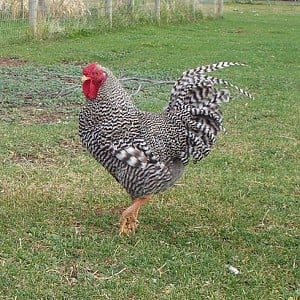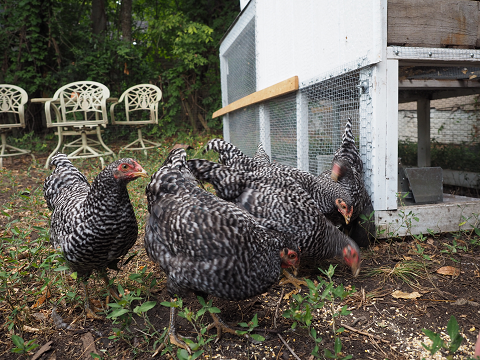General Information
- Breed Purpose
- Dual Purpose
- Comb
- Rose
- Broodiness
- Average
- Climate Tolerance
- All Climates
- Egg Productivity
- Medium
- Egg Size
- Medium
- Egg Color
- Brown
- Breed Temperament
- Friendly, Easily handled, Calm, Bears confinement well, Quiet, Docile
- Breed Colors/Varieties
- Correct Dominique barring is not quite black on not quite white, and the bars are staggered, rather than the parallel and sharply contrasting black and white barring of the Barred Rock.
- Breed Size
- Large Fowl
The Dominique also known as Dominicker or Pilgrim Fowl, originated in the USA during the colonial period. It is considered America's oldest breed of chicken, likely descending from chickens brought to New England from southern England during colonial times. By the 19th century, they were very popular and were raised in many parts of the country. Dominiques are a dual purpose breed, being valued for their table bird qualities as well as for their brown eggs. In earlier times, their feathers were much sought after as stuffing for pillows and mattresses.
After the Plymouth Rock breed was developed from the Dominiques in the 1870s, the Dominiques' popularity declined, and by the 1950 they were so rare, they were considered nearly extinct. During the 1970s, Dominiques were listed in "Critical" status with fewer than 500 breeding birds in North America. However, due to a revival of interest in them and other rare breeds, the Dominiques have made a comeback and are now listed on the "Watch" list, indicating lesser danger of extinction.

Dominique eggs
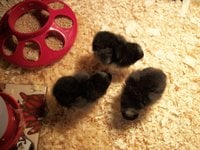
Dominique chics
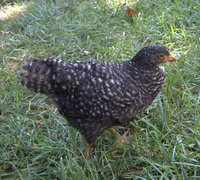
Dominique juvenile
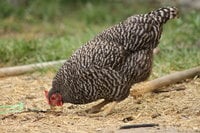
Dominique hen
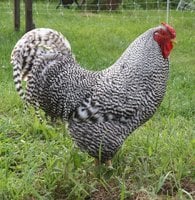
Dominique rooster
To learn more about this breed and their owners' and breeders' experiences with them, see our breed discussion here: https://www.backyardchickens.com/threads/chicken-breed-focus-dominique.1103078/

